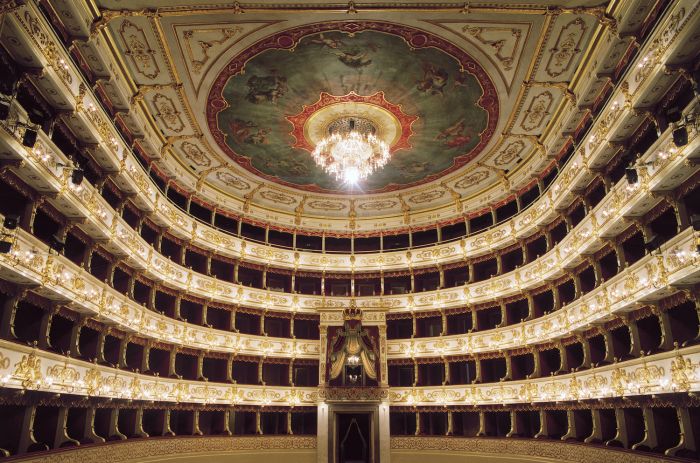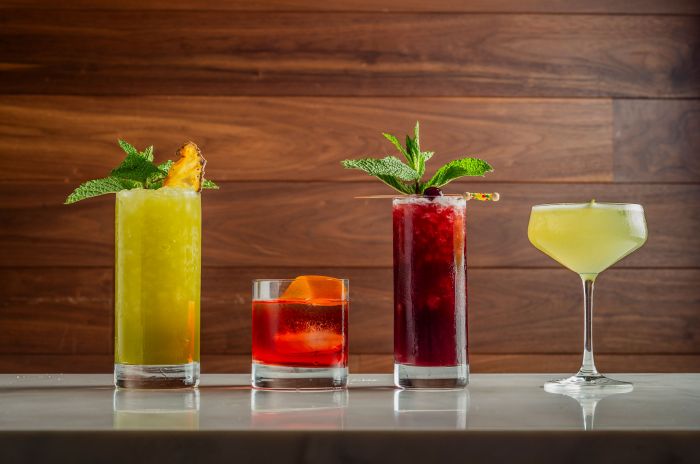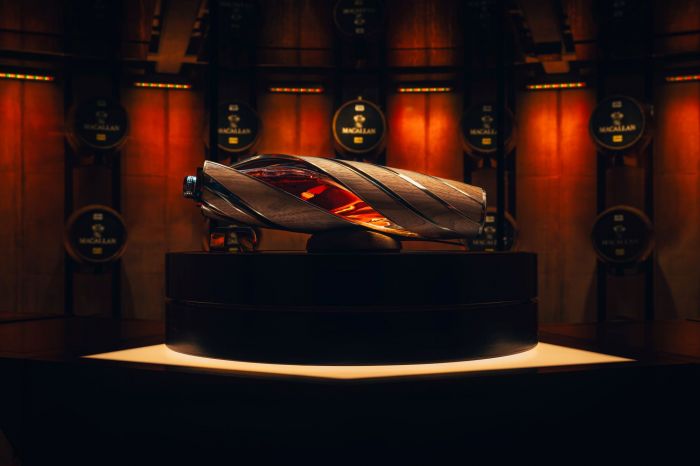
Most of us with an appreciation for fine food are are familiar with Parmigiano Reggiano cheese. Never to be confused with generic Parmesan, no less an authority than the BBC has dubbed Parmigiano Reggiano “Italy’s practically perfect food,” noting that “pound for pound, Parmigiano Reggiano can compete with almost any food for calcium, amino acids, protein and vitamin A,” and is sometimes prescribed by doctors in Italy to cure certain ailments. As the BBC points out, Parmigiano Reggiano “can only be made with extremely precise ingredients, in an extraordinarily particular process, in a geographical area of Italy so carefully defined” that a few miles can make all the difference.


Since the time of ancient Rome, the city of Parma, one of the areas where Parmigiano Reggiano is produced (from which it takes the first part of its name), has been looked upon as the gastronomic capital of Italy. In recognition of this, in 2015 UNESCO named Parma “Creative City for Gastronomy,” the first city in Italy to be so recognized. In addition to its incredible architecture and gastronomic riches—in addition to Parmigiano Reggiano, Parma (and its surrounding region) is also known for Parma ham, balsamic vinegar from Modena, Lambrusco wine, and world-class restaurants— and as the home of Ferrari, Maserati, and Lamborghini.
To get the true measure of the place one must consider the territory of Emilia-Romagna as a whole, in central-northern Italy, which comprises the provinces of Bologna, Ferrara, Modena, Parma, Reggio Emilia, Piacenza, Rimini, Ravenna and Forlì-Cesena. It’s location establishes it as a link between northern and southern Italy, as well as connecting the Mediterranean with northern Europe. Parmigiano Reggiano is most emblematic of its area of origin. In theory at least, you could assemble a Ferrari anywhere and it would still be a Ferrari. And its heritage runs much deeper; for over a thousand years Parmigiano Reggiano has only been produced in this area using just three natural ingredients: milk, salt and rennet.
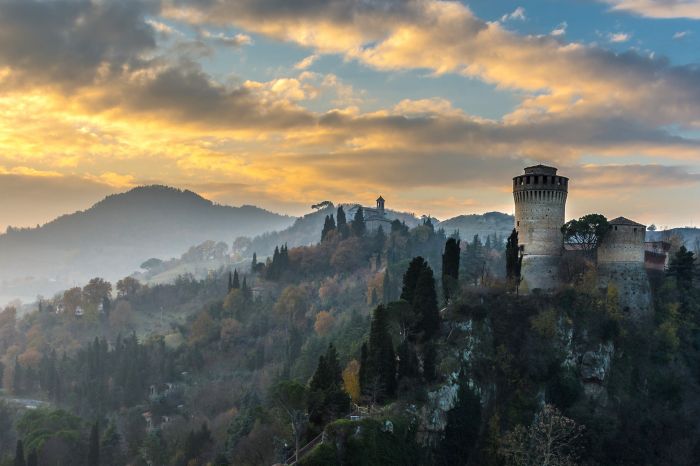
“It is first and foremost a microbiological characteristic that binds Parmigiano Reggiano to its area of origin,” notes the historic Parmigiano Reggiano Consortium, which inspects every wheel of cheese bearing the hallowed name. “Only raw milk produced in the area of origin is used to produce Parmigiano Reggiano cheese. It is a special milk, characterized by a unique and intense bacterial activity of the autochthonous microbial flora, and influenced by environmental factors, especially by the local forage, alfalfa, grass and hay that constitute the main feed of our cows,” on 3,000 local farms. Each wheel of Parmigiano Reggiano is embossed with the number of the daily that produced it as well as the month and year of production.

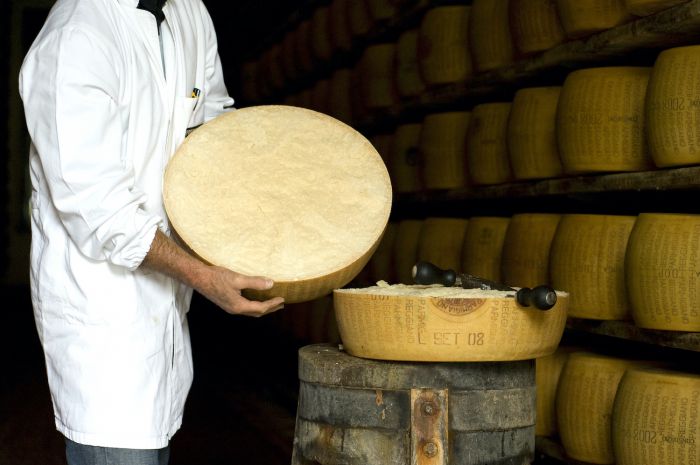
The environment is heavily protected in this area, as is every aspect of the cheese-making process. As the Consortium notes, “the regular controls carried out on the milk used in the process are aimed specifically at maintaining the high quality and the special characteristics which allow Parmigiano Reggiano to continue to be, as it always has, a purely natural product, completely without additives or preservatives.”

Organic farming is integral to Parmigiano Reggiano, and it is thriving in the region like nowhere else. In 2017, there were 5,555 organic farm businesses operating in the sector, a 10% increase and with a 13.5% rise in the total area under organic crops, making the region the leader in northern Italy. A total of 13% of the region's agricultural land is organically farmed, with an impressive number of farms run by young farmers. Despite the pandemic, 2020 was a record year for Parmigiano Reggiano PDO (protected designation of origin) production, which saw a 7.9% increase in sales in Italy and a 10.7% increase abroad, while production increased by 4.9%. Nearly four million wheels of Parmigiano Reggiano were produced in 2020, the most in its long history.

Of course you can’t have cheese without wine. Emilia-Romagna’s different types of soil give birth to a broad range of wines, enhanced by innovative viticulture practices and wine-making techniques. The region’s wine production is divided fairly evenly between whites and reds, the dominant varieties being Malvasia, Lambrusco, Trebbiano, Barbera, Bonarda and Sangiovese, among them one of the oldest wine grapes in the world, as well as the only wine originating from a grape on the Italian Peninsula.
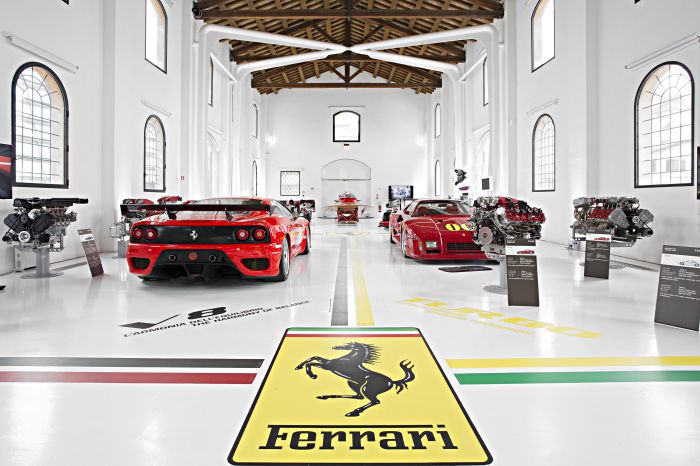

And Motor Valley as it’s known, aka “the place where speed was born,” centered on Bologna (Ducati), Modena (Maserati) and Maranello (Ferrari), is a must for lovers of beautiful machines. The attractions include factories, automobile museums and professional racetracks, among others. Visiting the region in person and sampling the precious cheese in its native environment—once travel restrictions have inevitably been lifted—is of course the best way to experience it. We consulted with Fabrizio Raimondi, spokesperson for the Parmigiano Reggiano Consortium, on some other can’t-miss highlights:
Caseificio San Bernardino Dairy: “San Bernardino is a small, family-run dairy that represent all the intangible assets of Parmigiano Reggiano: tradition, sustainability and pursuit of excellence. Here the work never stops: Parmigiano Reggiano must be produced 365 days, but it is not enough just to do it. We must do it with passion, with a smile."
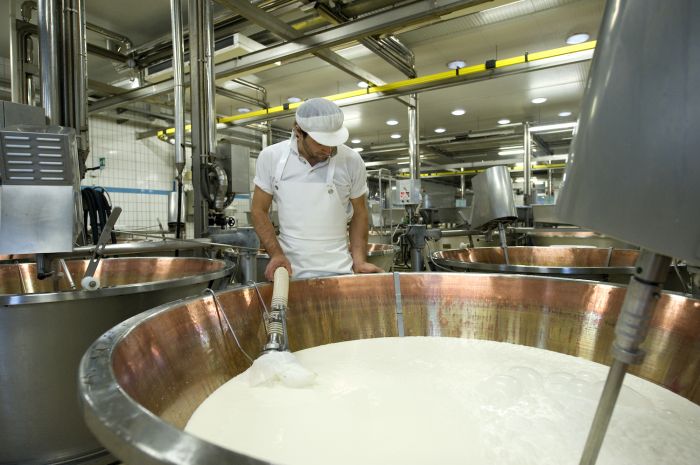
Parmigiano Reggiano Maturation Facility: “The maturation facility has that ‘wow’ factor that makes every visit unforgettable. Why? Perhaps for the intense aroma of Parmigiano Reggiano, perhaps for the thousands of wheels lying on the shelves to rest in silence until the minimum aging of 12 months. Or maybe because only here you really understand how much work and how much passion there is inside a wheel of Parmigiano Reggiano.”
Trattoria Masticabrodo: “Gastronomy is the means that allows Parmigiano Reggiano and our products to be known all over the world. Masticabrodo, with its traditional cuisine and warm hospitality, is certainly a great ambassador of this philosophy.”

Azienda Agricola Palazzo: ”Thanks to wine producers such as Palazzo, the vines of the Parma area such as Malvasia and Lambrusco are increasingly in demand all over the world. It is difficult not to fall in love with this place after a walk among the vines and a wine tasting at sunset.”

Giusti Traditional Balsamic Vinegar of Modena PDO Cellar: “They call it ‘Modena black gold’: the traditional balsamic vinegar of Modena must mature at least 12 years before obtaining the PDO mark. A visit to the cellar is essential to understand the value that is contained in each bottle, and also because the original has nothing to do with the many cheap products labeled ‘balsamic’ that can be found elsewhere.”
